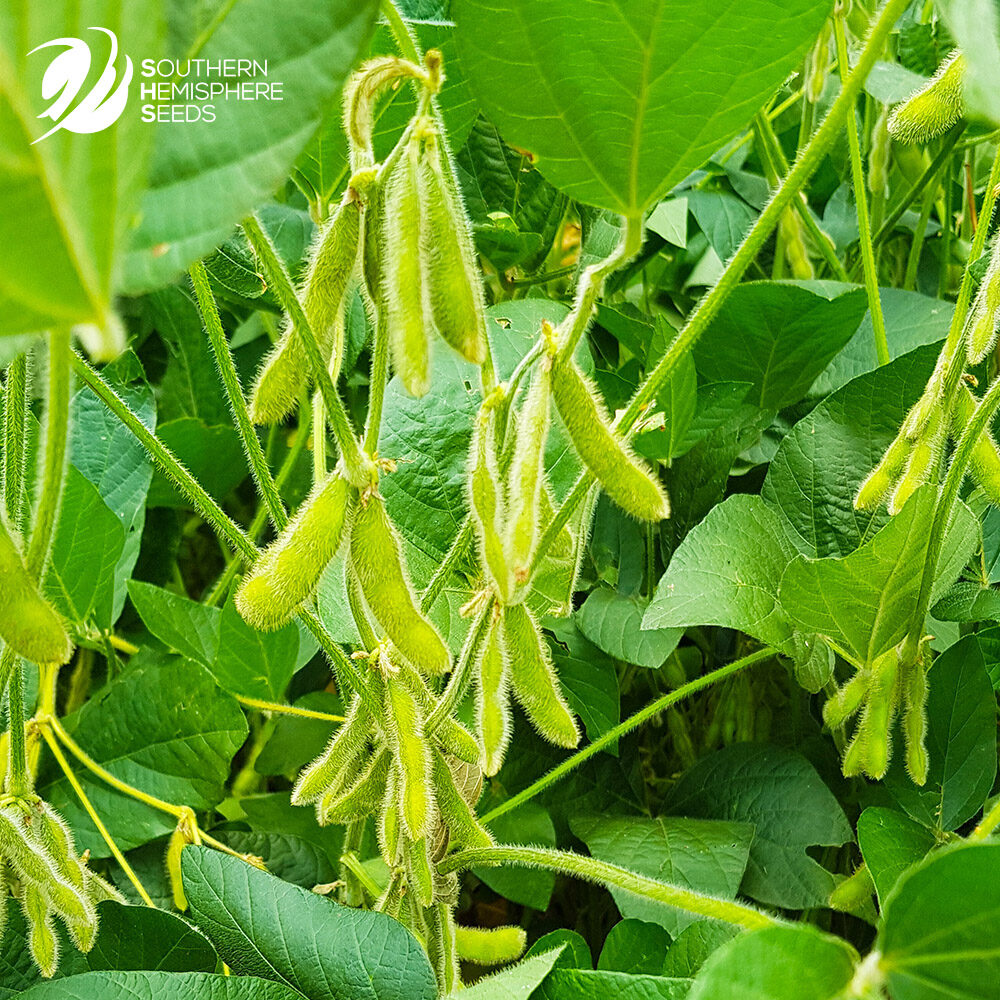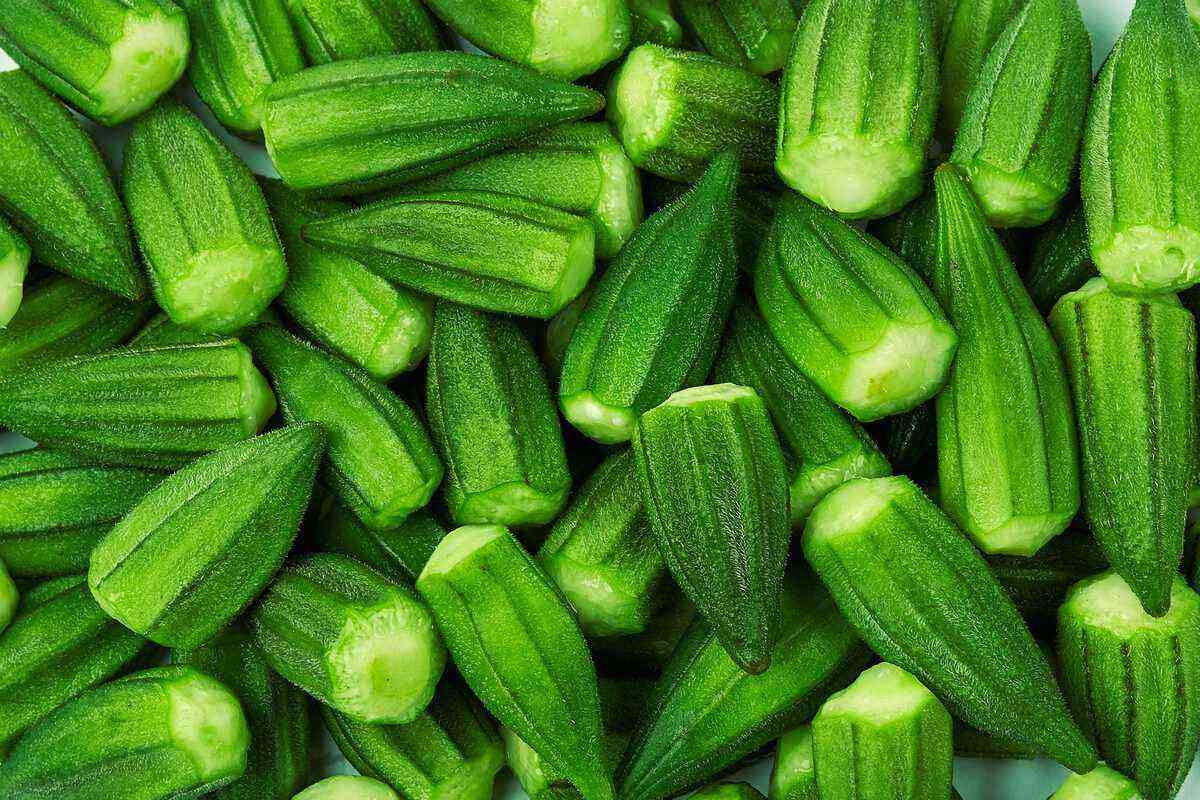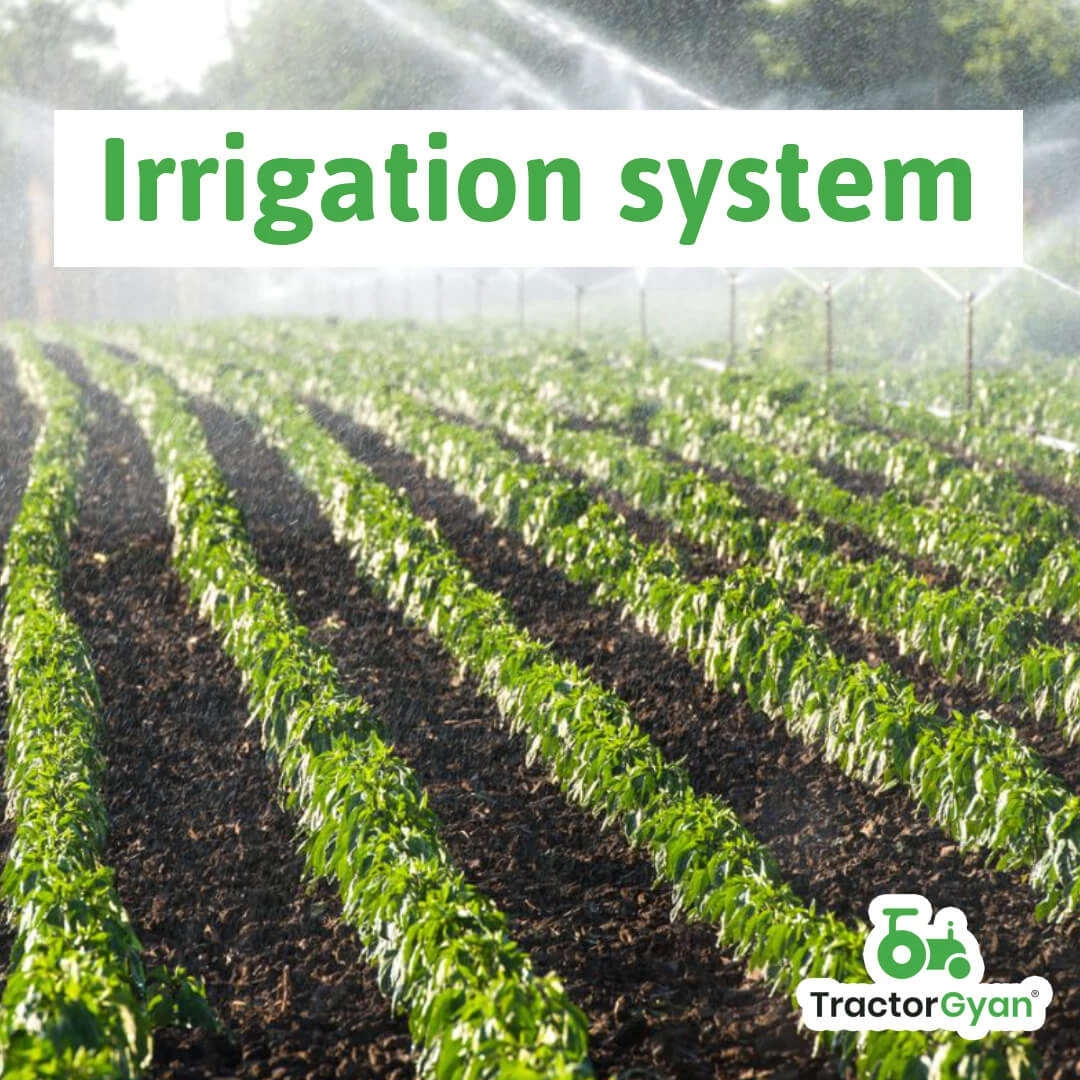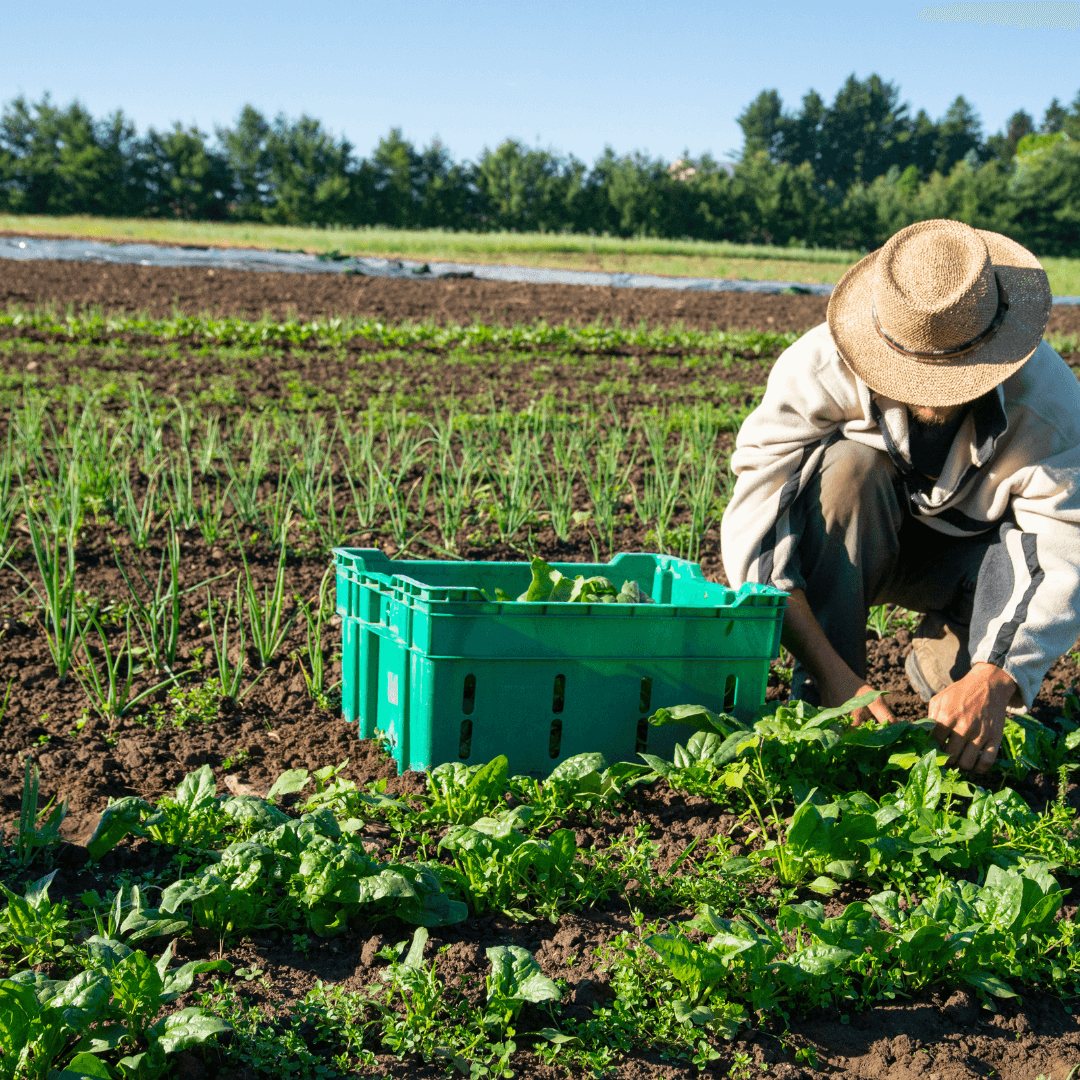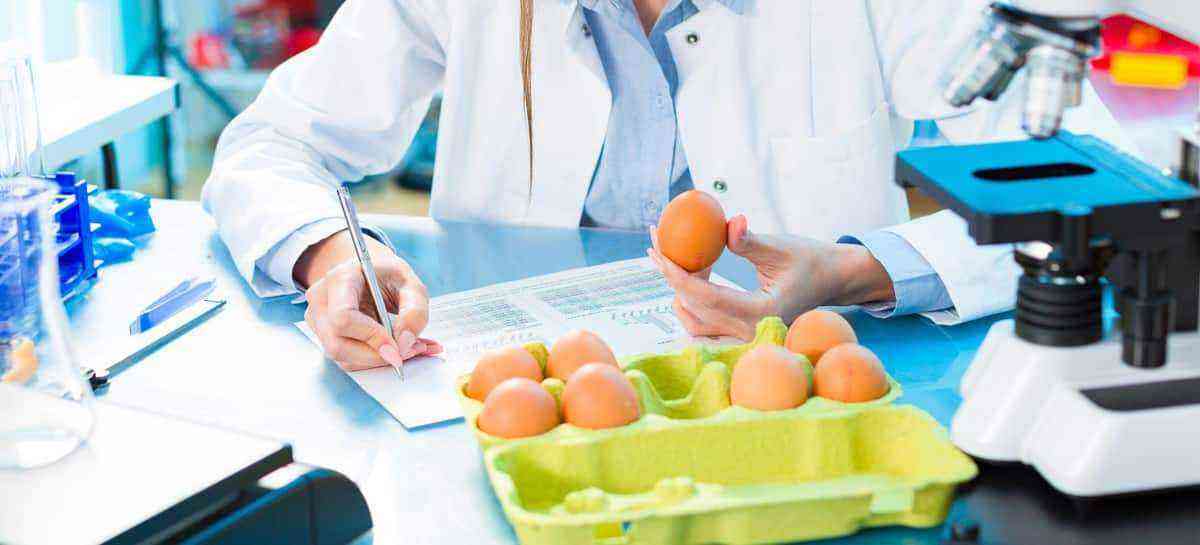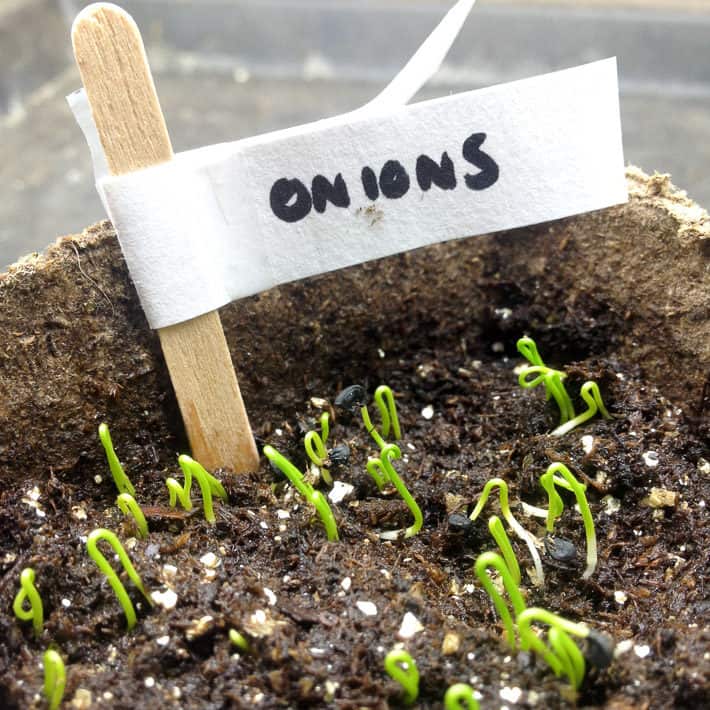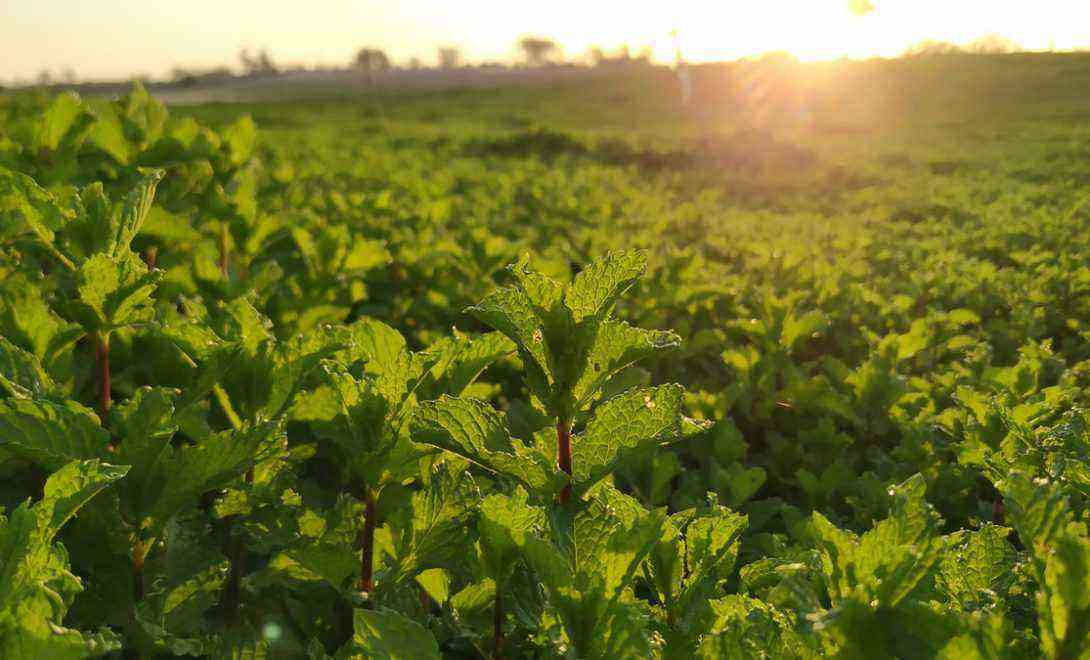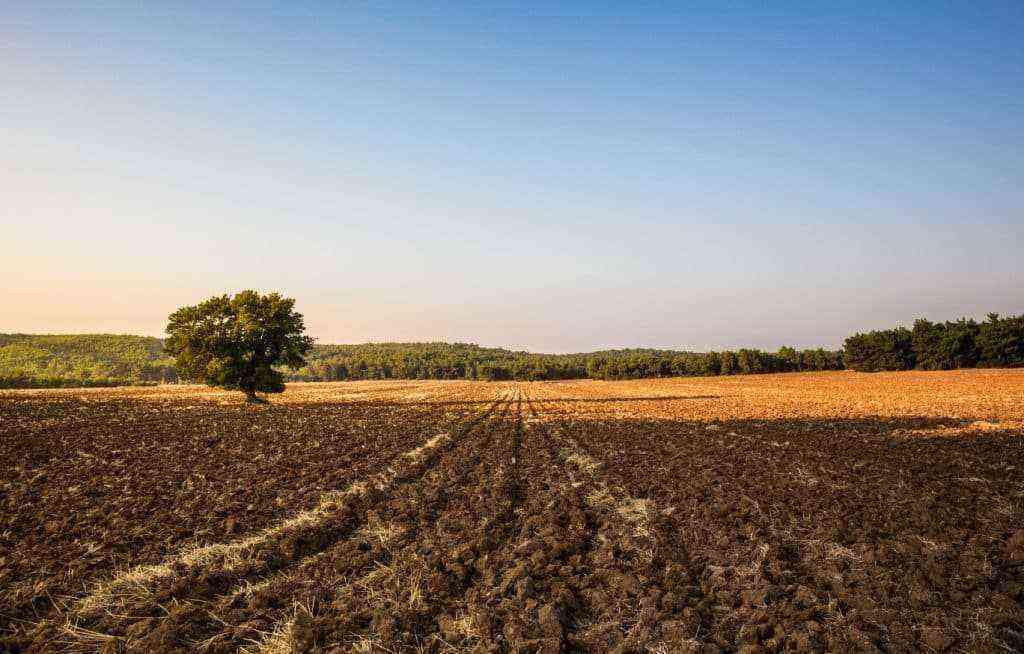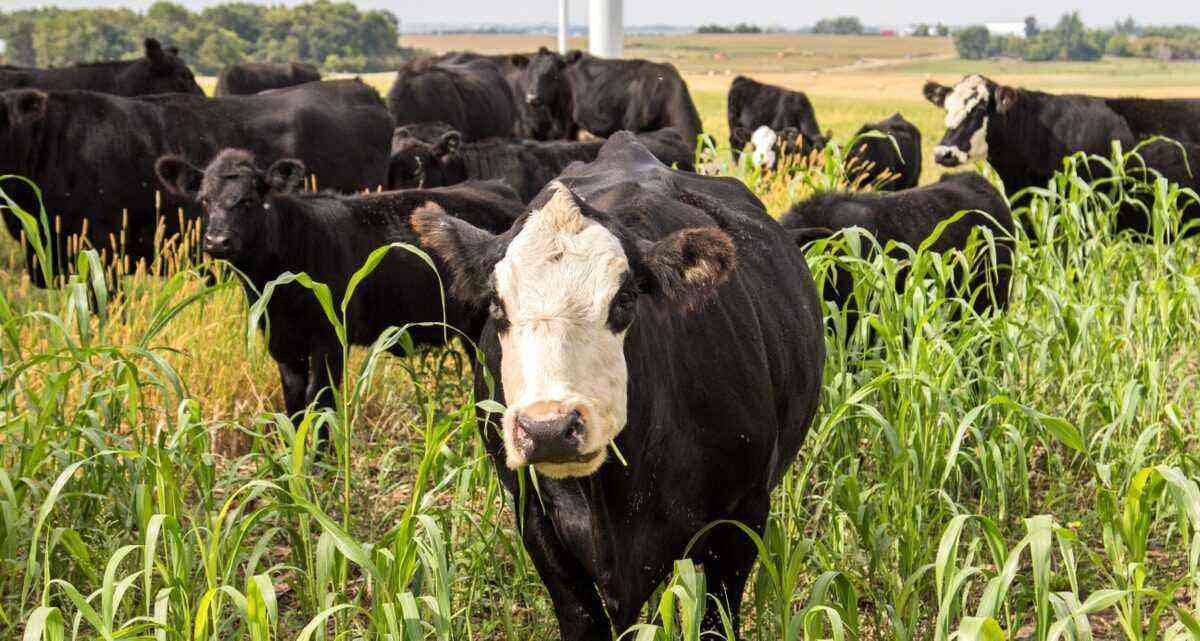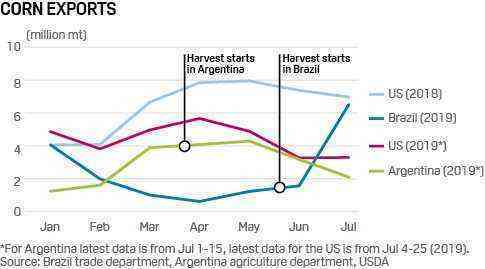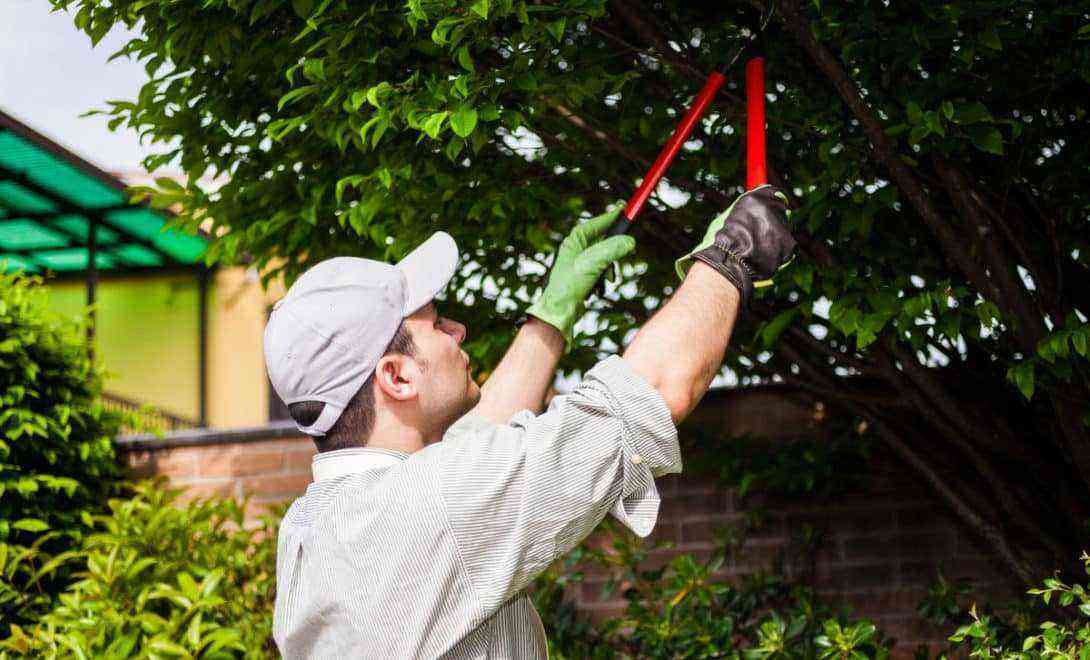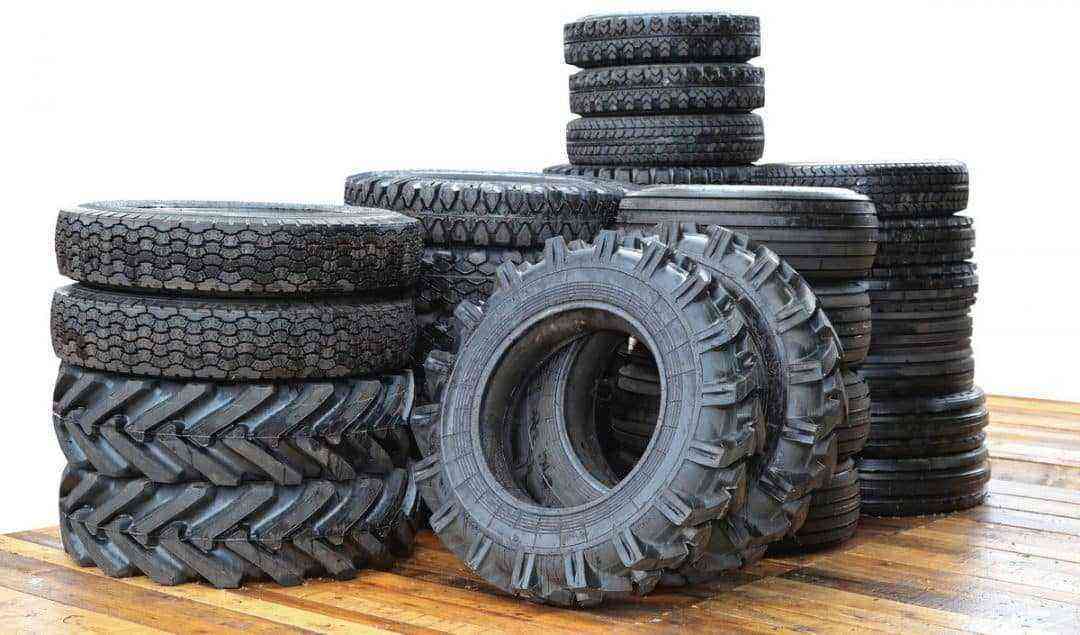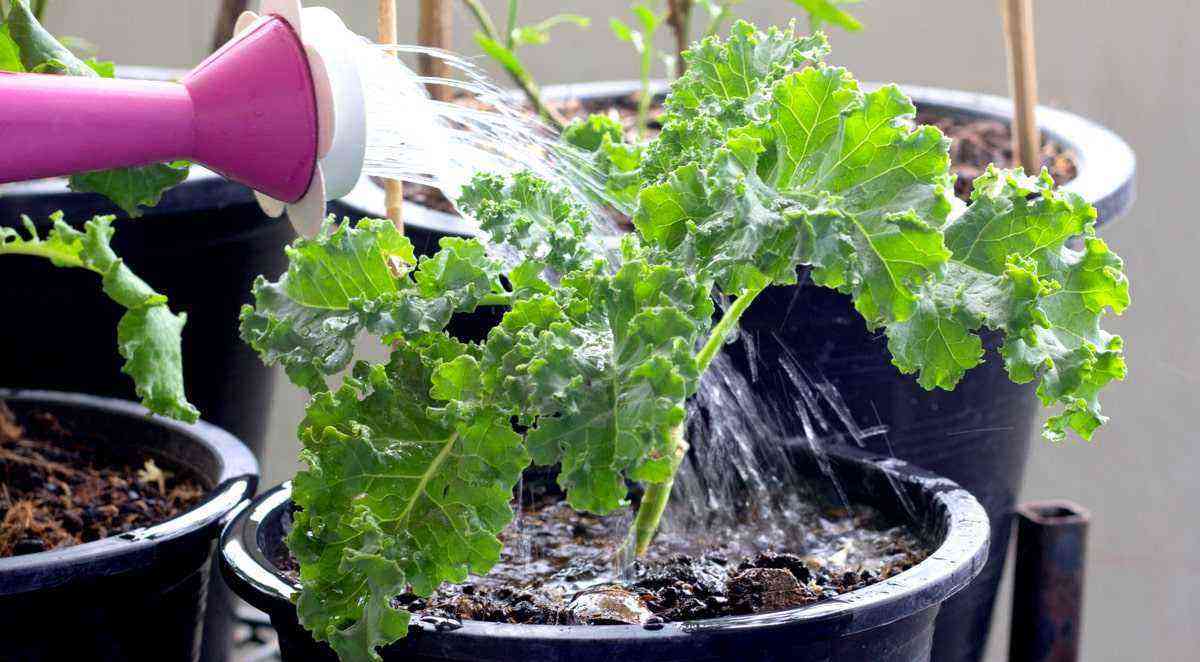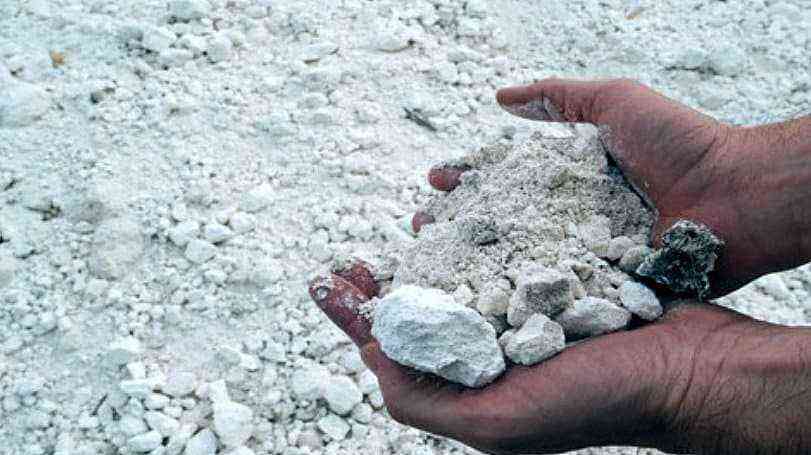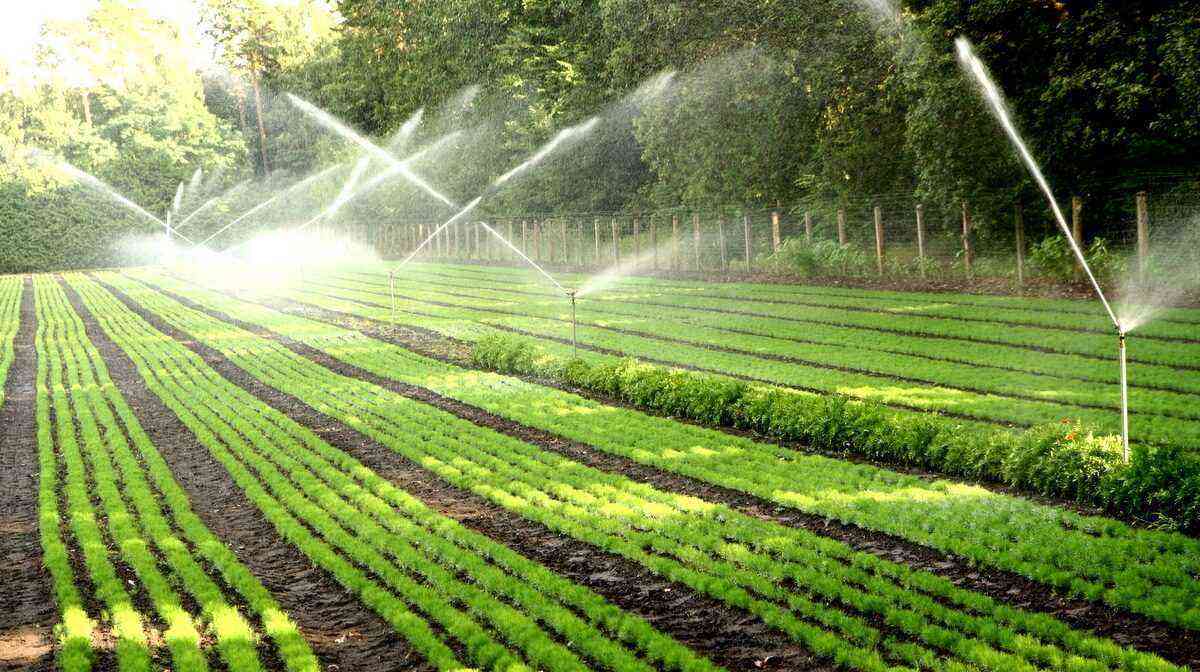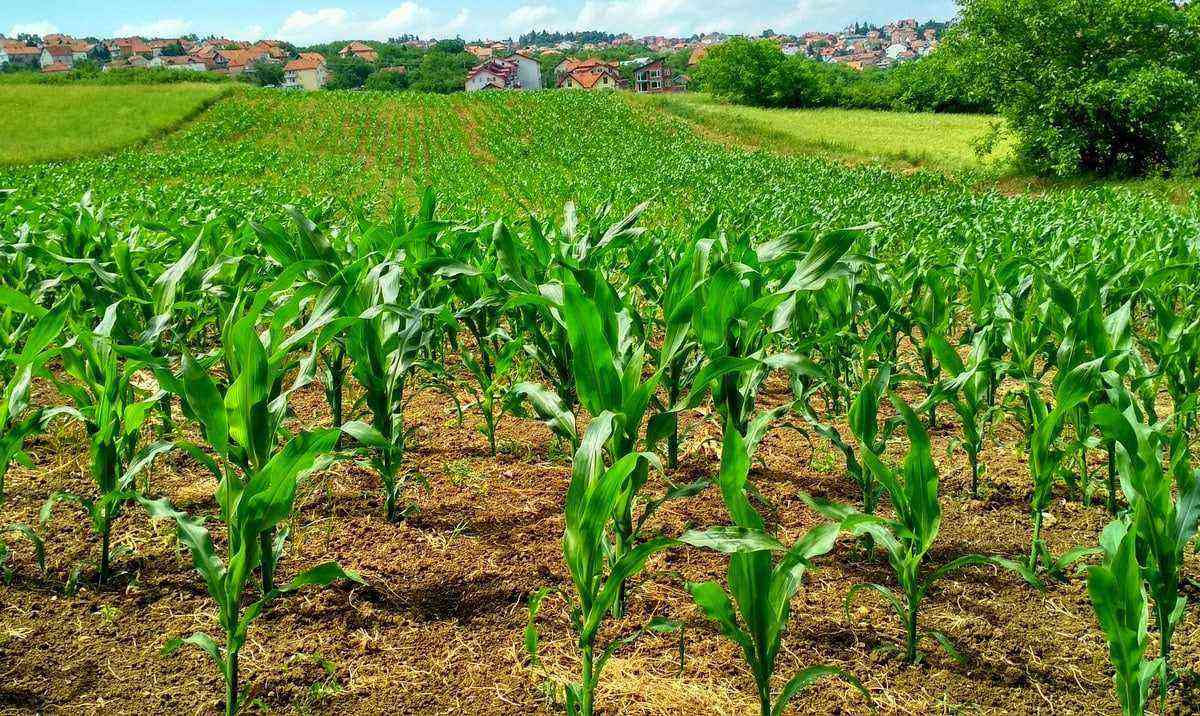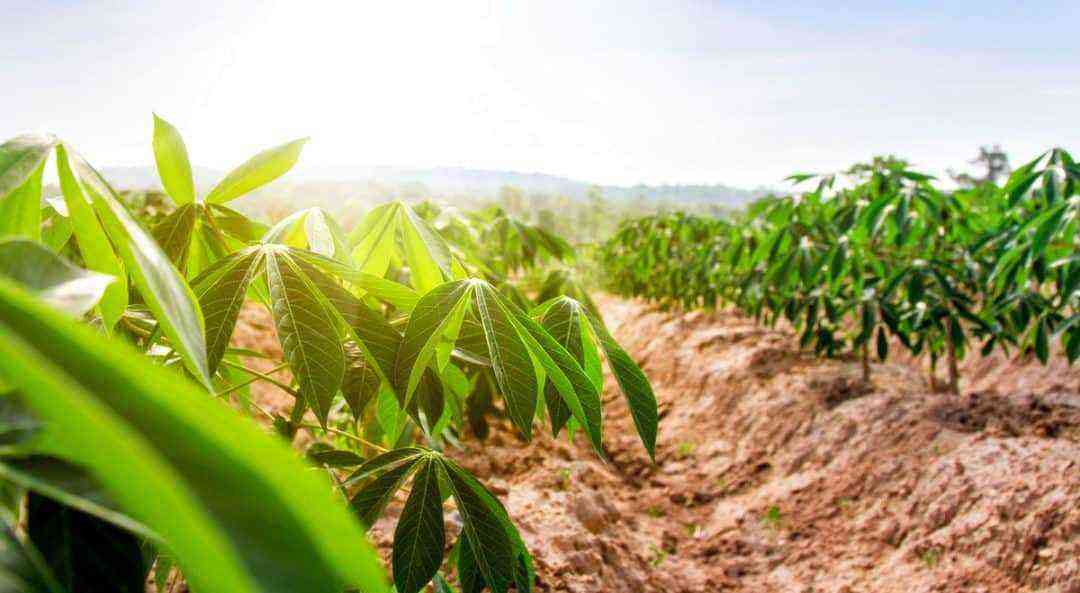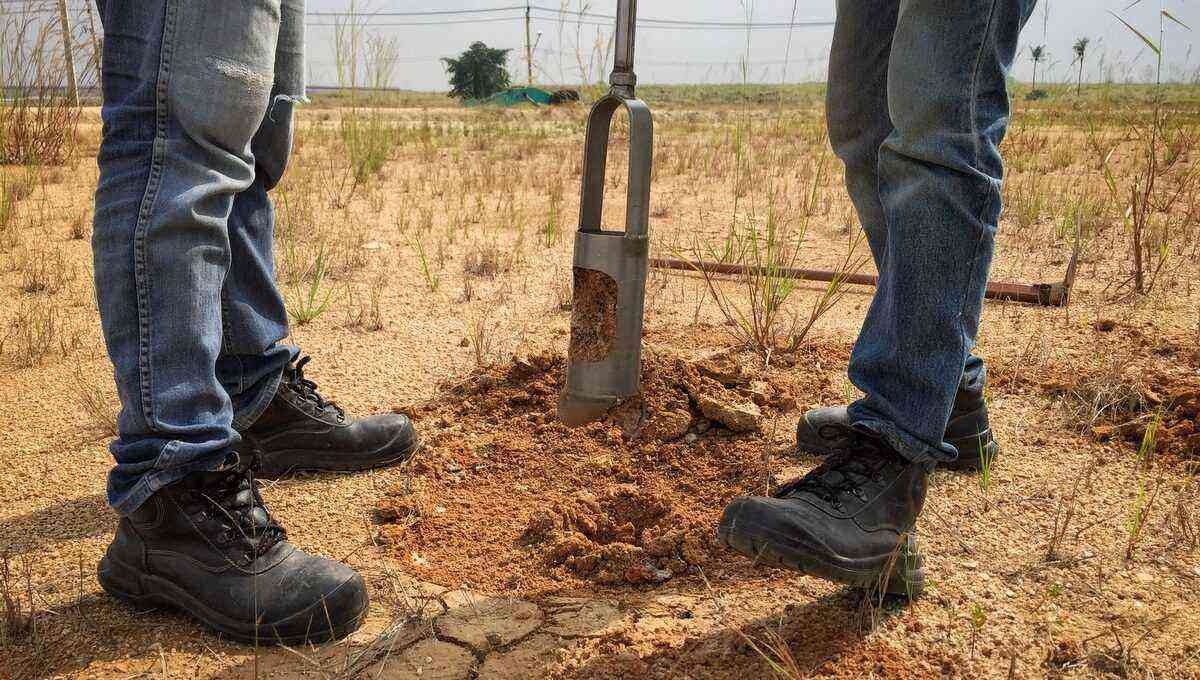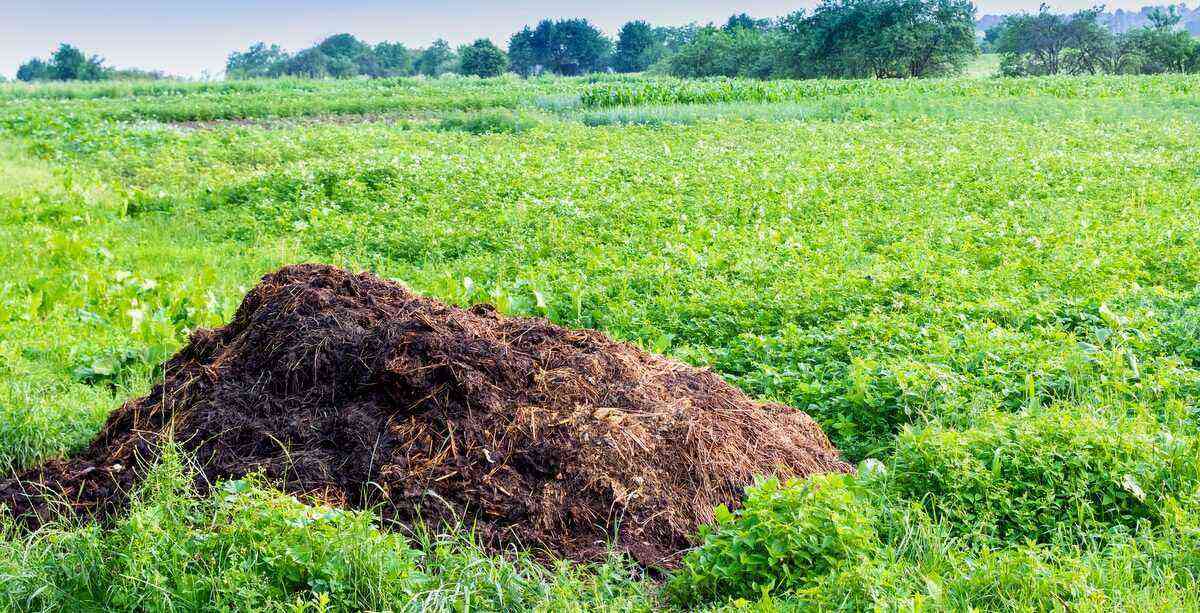The use of electrostatic spraying in agriculture began in the 1960s. However, there are still many doubts about the operation of the technique and its effectiveness.
One of the first pieces of equipment that arrived in Brazil with this technology was the “Electrodyn”, well known in the 1980s, and developed in the United States. The equipment had been developed for manual applications at low volumes.
Electrostatic spraying is basically the transfer of electrical charge to the spray drops, a process that can be carried out by several methodologies.
One of the most used processes is the existence of an electrode (with the presence of an electric current) that is around the spray tip, in the region close to where the drops are produced. (Figure 1).
How electrostatic spraying is performed
This process is called “Induction System”, being used in most current equipment. In general, the electrodes receive a positive voltage, generating an electrostatic field that induces the formation of drops with negative charges (opposite to the electrode charge).
The unit that measures the amount of charge in a droplet is called the millicoulomb per kilogram (mC kg-1), which ideally should be above 1,0 mC kg-1. It is also important that the solution used has a certain electrical conductivity, as the charge must be transferred from the electrode to the drop in a small time interval.
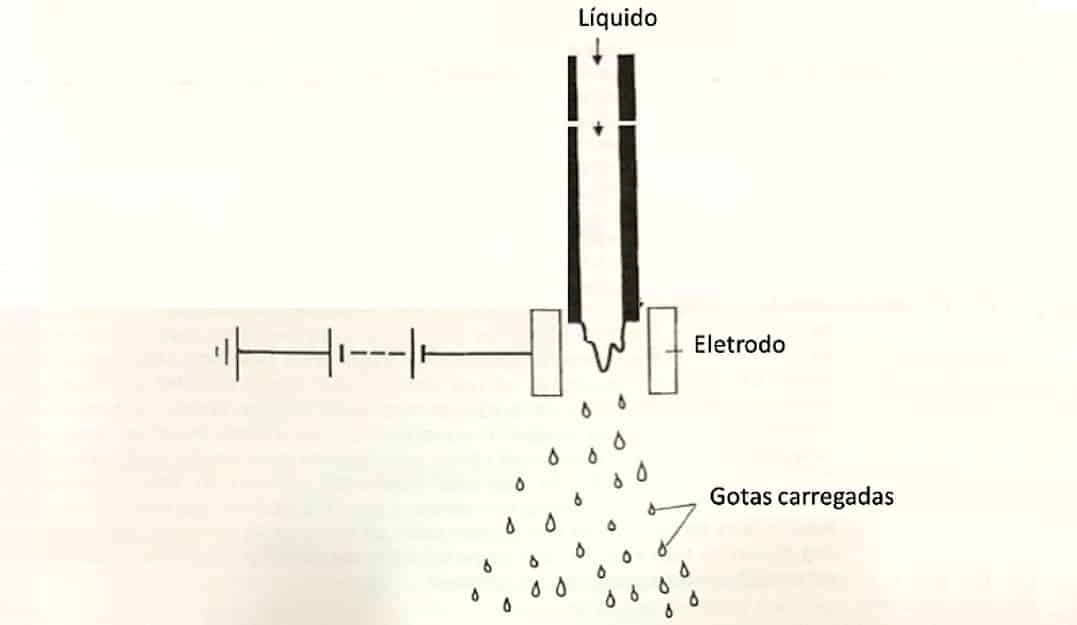
Figure 1. Electrostatic spraying process. (Source: Adapted from Matthews, 2014).
Although it has existed for over 50 years, there are still doubts about the use and effectiveness of electrostatic spraying. However, some aspects are important to understand why doubts still occur, as will be discussed below:
You cannot generalize and think that all electrostatic spraying equipment is the same. The charge/mass ratio, for example, which will result in the droplet charge (mC kg-1) varies according to the design of the machines, the pressure drop on the electrode, the size of the droplets, among other factors. Still, there are systems that combine load transfer with air assistance (and there are particularities between the systems as well).
At this point, the wind generated by the air assistance can favor the displacement of air between the leaves of the crop, and favor the action of electrostatic spraying, which alone would have less chance of hitting the most difficult targets, with those in the lower third of the plants.
Experiment using electrostatic spraying
In 2019, a survey was carried out by AgroEfetiva using a Uniport 3030 Eletrovortex sprayer, from Jacto (Figure 2). The equipment combines air assistance plus electrical charge transfer to the spray droplets, and positive results were obtained in the deposition of spray solution with fungicides on cotton crops.
The research was carried out on a farm in the region of Campo Novo do Parecis, MT, using an application rate of 60 L/ha. The spray tip used was the ATR 80-2,0 (Jacto), with an operating pressure of 5,7 bar (570 kPa) and the use of very fine droplets (MF).
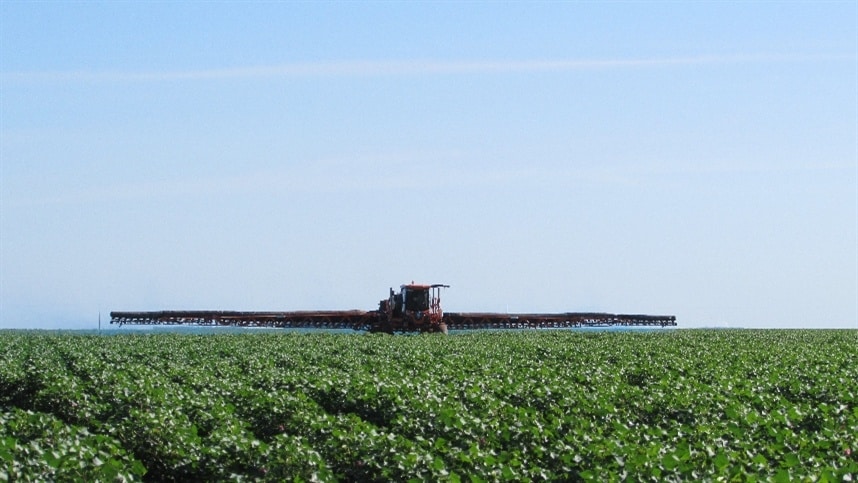
Figure 2. Air-assisted sprayer plus electrostatic droplet charging in cotton. Photo: AgroEfectiva.
It was observed that the integration of technologies (air assistance + load transfer) increased deposition in all extracts of the culture (upper, middle and lower) compared to the off system (no loading or air).
The greatest gain in deposition was in the middle third of cotton plants, which has the largest volume of leaves. This gain was equivalent to a 116% increase, followed by the upper and lower thirds, with 18,7% and 22,2%, respectively.
Features of electrostatic charging
Therefore, it is observed that the use of electrostatic charging helps in spraying when associated with air assistance. However, some characteristics must be considered, such as the design of the machine and the electrostatic charging system, the class of drops, among others, so that there is the correct electrical charge to the drops.
The wind speed used is also important, and must be adequate to the leaf area index of the crop. The use of high speeds in a crop with little leafing, for example, can impair deposition, or even increase the risk of drift.
Fernando K. Carvalho1, Michael Althman2, Ulisses R. Antuniassi3, Rodolfo G. Chechetto1; Alisson AB Mota1
1Agronomists, Researchers, AgroEfetiva, Botucatu/SP. fernando@agroefetiva.com.br
2Agronomist, Master’s Student in Agronomy, FCA/UNESP, Botucatu/SP. michael_althman@hotmail.com
3Agronomist, Full Professor, FCA/UNESP, Botucatu/SP, Brazil. ulisses.antuniassi@unesp.br
Also check: Types of agricultural sprayers: check out the best ones




